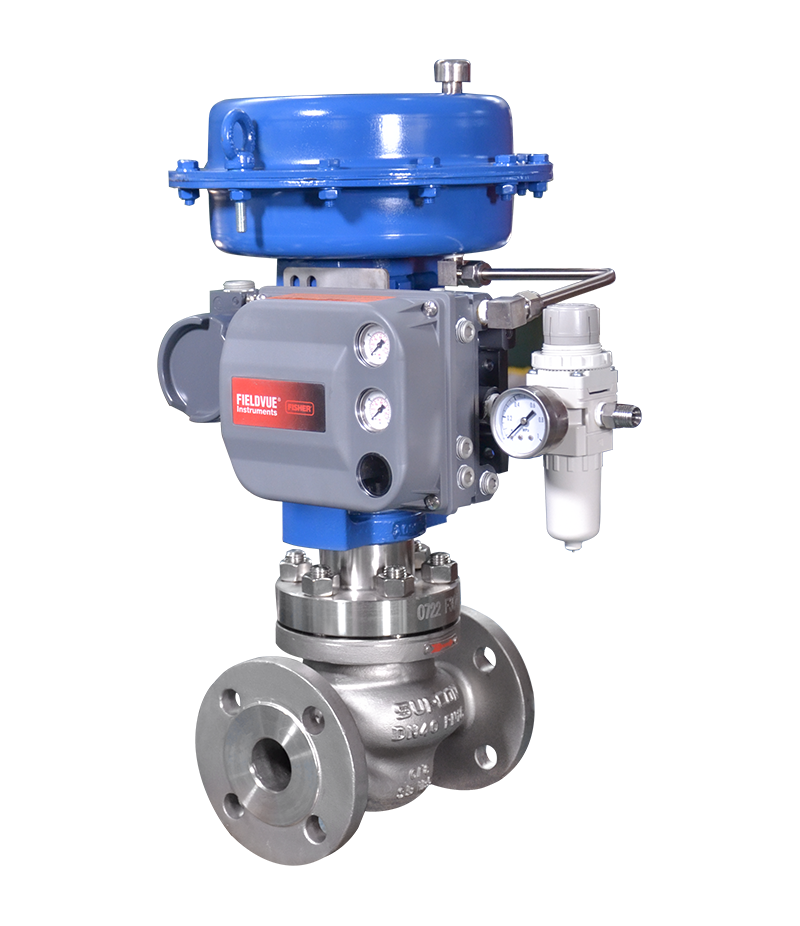
Maximize Energy Cost Savings and Convenience With Advanced Structure Automation Controls
In the world of modern style and facility administration, the combination of advanced structure automation regulates stands as a crucial advancement. By harnessing the power of automation, buildings can adapt, respond, and progress in ways that were when unimaginable.
Energy Efficiency Advantages
Energy performance benefits can significantly decrease power intake and functional prices in buildings. Energy-efficient systems, such as advanced building automation controls, can optimize the use of sources like home heating, lights, and air conditioning, leading to lower energy costs over time.
Additionally, improved energy performance can prolong the life-span of structure equipment and systems. By running more efficiently, a/c systems, light, and various other building elements experience less deterioration, leading to decreased maintenance and replacement costs. In addition, energy-efficient buildings typically command greater residential property worths and rental rates, giving lasting financial benefits to owners.
In addition, power efficiency can boost resident comfort and performance. Appropriately managed interior atmospheres with optimal lights and thermal conditions produce an even more pleasurable and conducive work area, causing improved staff member contentment and efficiency. On the whole, the energy efficiency benefits connected with innovative building automation controls are complex, incorporating expense savings, environmental stewardship, and occupant well-being.
Boosted Convenience Control
Enhancing comfort control in structure environments needs a sophisticated integration of innovative automation systems for optimum resident health. By using sophisticated building automation controls, facilities can tailor the interior atmosphere to meet the specific requirements and choices of occupants. These systems allow exact regulation of lighting, temperature, and ventilation, producing a comfortable and efficient atmosphere. Passenger contentment and efficiency are carefully linked to thermal convenience, making it vital to have systems in position that can adjust to changing conditions in real-time.
By including these innovative controls, buildings can not just improve comfort however additionally boost power efficiency by enhancing system operations based on actual occupancy and use patterns. Inevitably, focusing on occupant comfort via advanced automation systems leads to a more satisfying and much healthier indoor setting.
Functional Performance Improvements

Furthermore, the implementation of real-time surveillance and analytics tools enables structure drivers to recognize energy inefficiencies and functional anomalies promptly. By continually checking energy use patterns and system performance metrics, changes can be made in real-time to enhance energy usage and ensure peak functional efficiency. control valves. In addition, incorporating need reaction approaches into structure automation controls can even more boost operational efficiency by dynamically readjusting energy use based upon grid conditions and prices signals
Indoor Climate Optimization
Effective indoor environment optimization is an essential aspect of building automation controls, making certain passengers' convenience and well-being while optimizing energy cost savings. By making use of sophisticated sensing units and controls, constructing automation systems can continually keep an eye on and adjust temperature level, moisture degrees, air high quality, and ventilation to produce an optimum indoor environment. Preserving constant and comfy conditions not only improves passenger fulfillment yet additionally increases efficiency and general wellness.
Interior environment optimization also plays a critical duty in power performance. By fine-tuning cooling, heating, and ventilation systems based upon real-time information and occupancy patterns, constructing automation controls can considerably lower energy intake - control valves. As an example, applying approaches such as demand-controlled air flow and thermal zoning can help lessen power waste while making sure that each area of the structure gets the needed conditioning.

Lasting Setting Production
Structure automation regulates not just maximize interior climate conditions for energy efficiency and occupant convenience but also lay the structure for developing a lasting environment through strategic monitoring of systems and resources. By incorporating innovative structure automation technologies, such as sensing units, actuators, and smart hop over to here software application, facilities can keep track of and readjust power use in real-time to reduce waste and reduce their carbon impact. These systems make it possible for anticipating upkeep, identifying possible problems before they rise and maximizing devices performance to improve longevity and performance.
Additionally, sustainable environment development extends past energy monitoring to include water preservation, waste decrease, and indoor air high quality improvement. Structure automation controls can regulate water use, discover leaks, and make certain appropriate garbage disposal practices, adding to general sustainability efforts. Furthermore, by keeping track of and regulating air flow and purification systems, these technologies improve occupant health and wellness and performance while decreasing power usage related to heating and cooling procedures.
Conclusion
Finally, advanced structure automation controls offer significant benefits in regards to power cost savings, convenience control, functional efficiency, indoor climate optimization, and producing a sustainable atmosphere. By applying these controls, buildings can accomplish optimum efficiency while minimizing power consumption and improving resident comfort. It appears that making use of advanced automation innovation is critical in boosting structure performance and creating an extra sustainable future.
Energy effectiveness benefits can significantly reduce energy usage and functional expenses in structures. On the whole, the power performance advantages linked with advanced structure automation controls are diverse, including cost savings, environmental stewardship, and resident wellness.
In addition, including need feedback methods into structure automation controls can better improve operational performance by dynamically readjusting energy use based on grid problems and pricing signals.
Structure automation manages not only maximize indoor climate conditions for power efficiency and passenger convenience yet likewise lay the foundation for developing a sustainable environment via tactical monitoring of sources and systems.In final thought, advanced building automation manages offer considerable benefits in terms of power savings, convenience investigate this site control, functional efficiency, my review here indoor climate optimization, and producing a lasting environment.